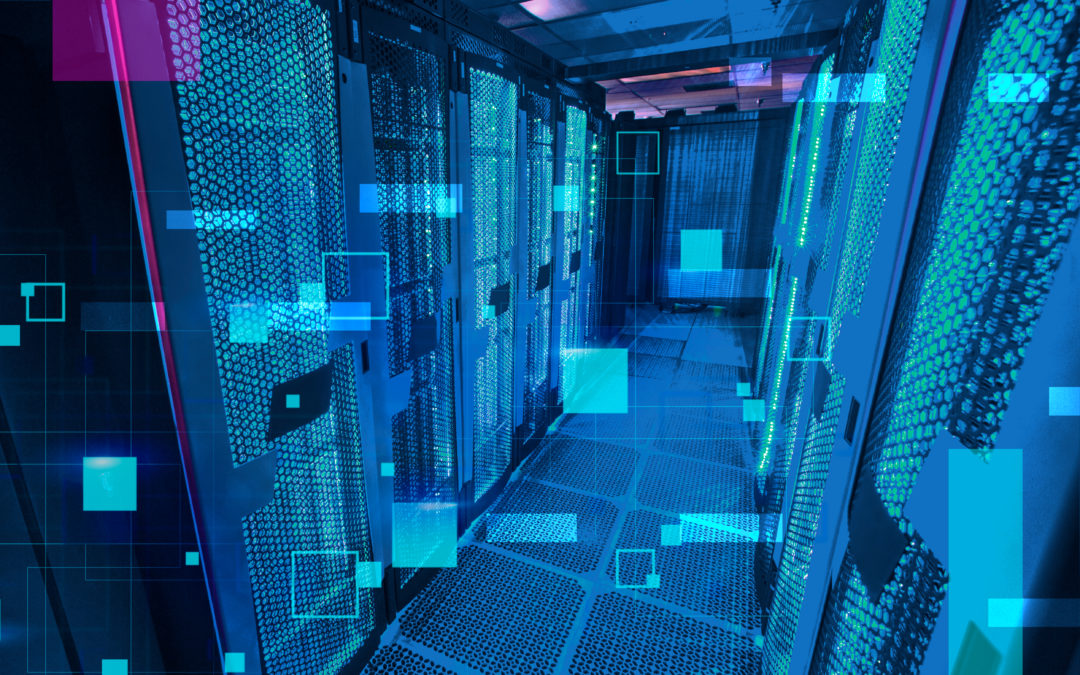Data centers are physical facilities used by organizations to store and run their most important applications and data. This type of design requires a network of interconnected computing and storage resources. Essential components of a data center include routers, switches, firewalls, storage systems, servers, and application-delivery controllers.
What defines a modern data centre?
In recent years, there has been a shift in infrastructure within modern data centers. Instead of relying on traditional on-premises physical servers, virtual networks are now used to run applications and workloads across pools of physical infrastructure and within a multicloud environment.
In the digital age, data is often scattered across different data centers, the edge, public clouds and private clouds. For effective communication between these multiple sites, both on-premise and in the cloud, optimal connectivity is essential. Furthermore, many public clouds are actually formed from multiple data centers. When apps are hosted in the cloud they tend to draw from the available resources from their respective cloud provider’s data center.
Why are data centres important to business?
Data centers play an important role in the world of enterprise IT, providing support for business applications and activities. Such activities may include:
- Physical Server Hosting
- Network Services and Administration
- Data Backup and Recovery
- Cloud Computing Services
- Security and Compliance Monitoring
- Database Administration and Management
- Application Development and Deployment
- Remote Access Solutions
- Virtualization Solutions

What are the core components of a data centre?
The design of a data centre includes a variety of components, such as routers, switches, firewalls, storage systems, servers, and application delivery controllers. These elements are essential for the storage and management of business-critical data and applications; as such, their security is paramount to the success of the data center. By incorporating these components together, organizations can benefit from increased protection and reliability.
Network infrastructure.
This technology enables the linking of servers (both physical and virtualized), data center services, storage, and external access points to end-user locations.
Storage infrastructure.
The data center of today is powered by data, and storage systems are essential for storing and protecting this valuable asset.
Computing resources.
Data centres rely on applications to power their operations. These applications provide the processing, memory, local storage, and network connectivity necessary for effective functioning.

How do data centres operate?
Data centre services are typically implemented in order to safeguard the effectiveness and reliability of the essential components of the data centre.
Network security appliances.
In order to ensure the security of the data center, firewall and intrusion protection measures have been implemented.
Application delivery assurance.
To ensure maximum performance, these mechanisms provide application resiliency and availability through automatic failover and load balancing.

